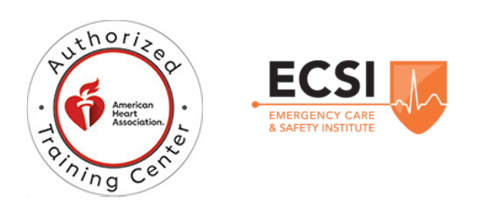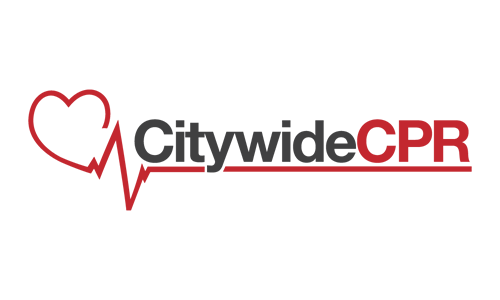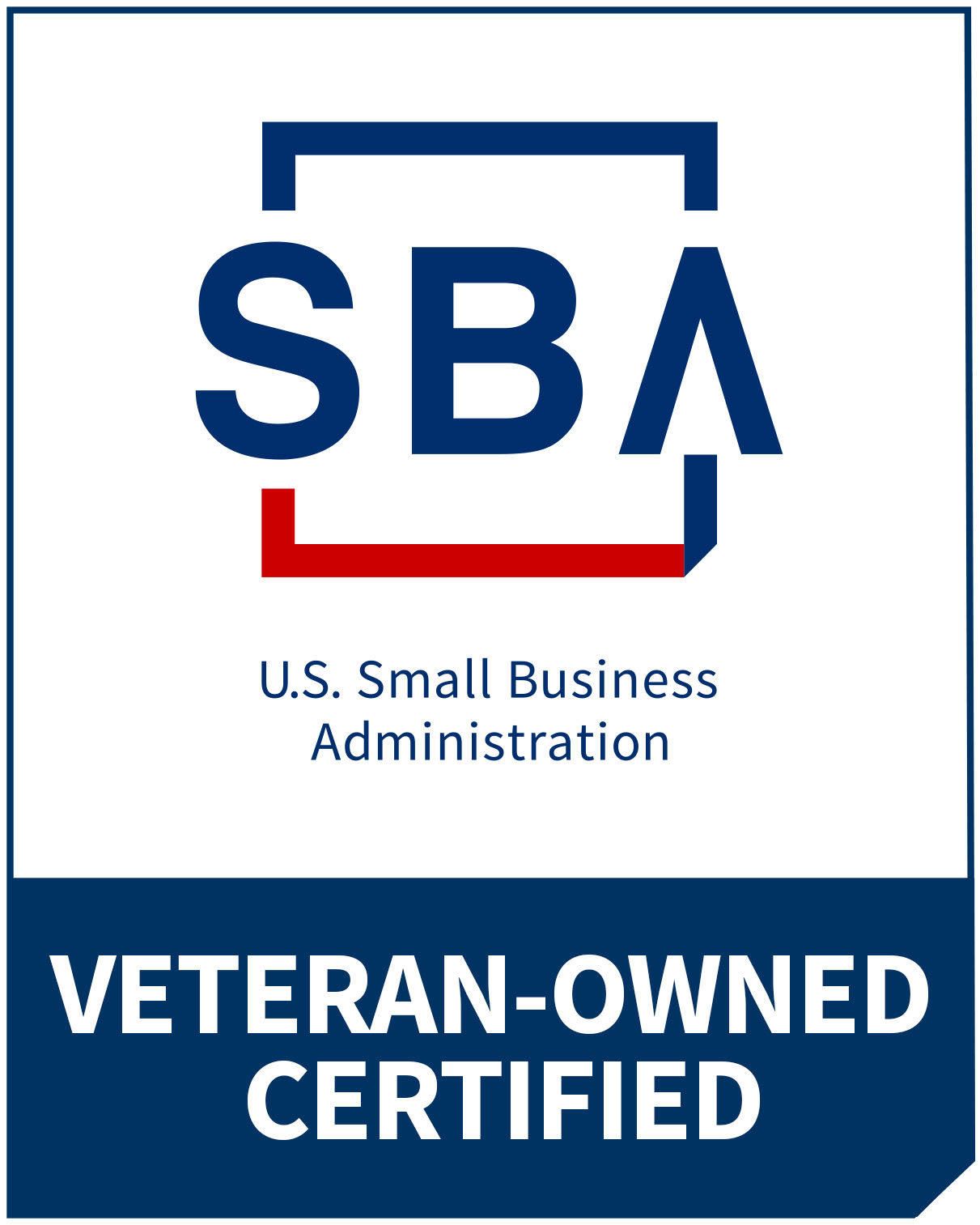What is it and what causes it?
Heart attack claims millions of lives all over the globe every year. Myocardial infarction, or commonly known as heart attack, occurs when the flow of oxygen-rich blood to the heart muscle is blocked. If this blood flow is not immediately restored, the heart muscle dies, thus causing heart attack. Heart attack is the result of coronary heart disease (CHD), which is characterized by the build up of plaque, a waxy substance, in the coronary arteries. If the plaque ruptures inside the arteries, it can lead to blood clot formation which grows overtime. As it grows, it completely blocks the passage of blood in the coronary artery. The plaque build up may count years so this heart damage may not be obvious at first but could cause long term problems in the future.
What are its symptoms?
Symptoms of heart attack can occur anytime and while some people would just shrug it off and dismiss it as a symptom, it is important to pay attention to it as it can save your life. Even if you are not sure, seek the help of your doctor if ever you are experiencing any of the following symptoms:
- Chest pains are the most indicative symptom of a heart attack. This can be felt as a squeezing, burning, fullness, pressure, or discomfort on the left side of your chest that lasts for a few minutes.
- Shortness of breath is another symptom to look out for. This can occur whether your body is at rest or doing strenuous activities. This could also go along with the chest pains or before it.
- Upper body discomfort is another sign of heart attack. This can be characterized by a feeling of discomfort on your arms, back, shoulders, neck or above the belly button.
Symptoms of heart attack vary from person to person, from mild to severe. Thus, if you are feeling any or a combination of symptoms stated above, it is best to check with a specialist as treatments works best when it is given after a symptom has occurred and can save lives and prevent disabilities.
What do I do?
If you think you or someone you know might be having a heart attack, be alert and do not hesitate to call for help immediately. Call 911 for emergency medical attention. Acting fast can save a life. When it comes to heart attack, time is of the essence which is why CPR or cardio pulmonary resuscitation as first aid is very important if a person might be having a heart attack. While heart attack is the leading cause of death everywhere, many people would have higher chances of survival if they got help faster.
If you are not familiar with how CPR should be administered, your best option would be to make sure that you have an AED unit on hand. An AED unit can help guide you through determining whether a patient is in need of chest compression or the application of electric jolts in order to jump start the heart.





